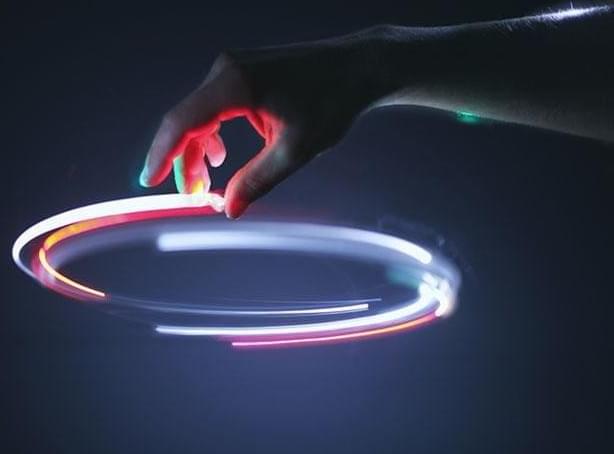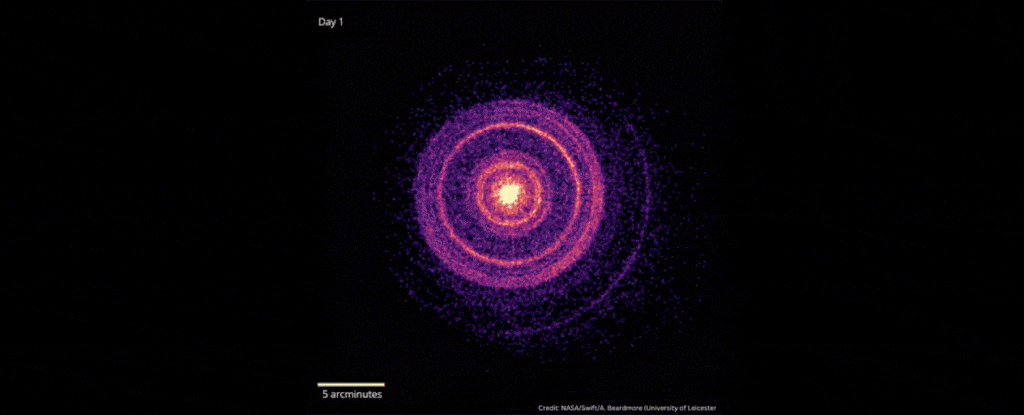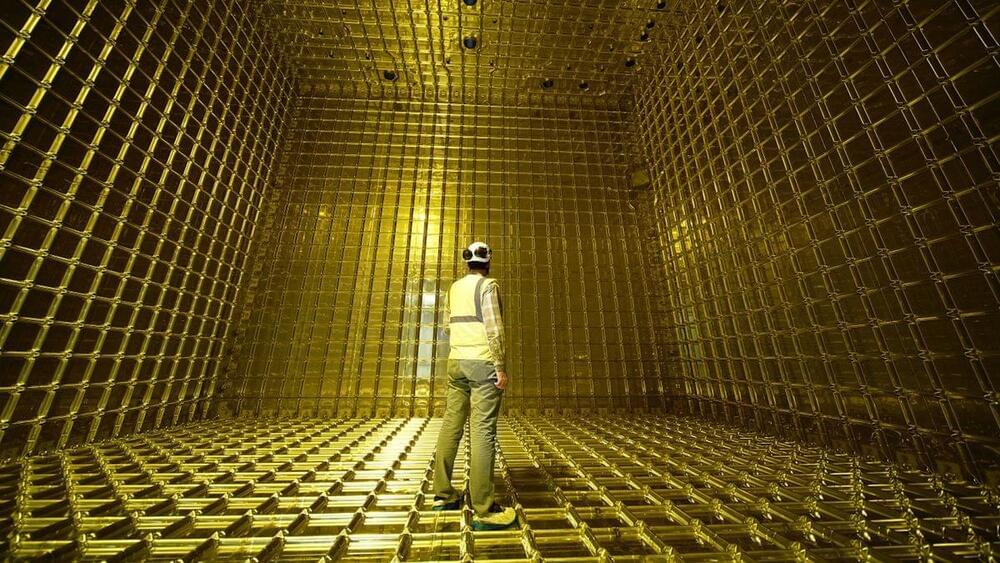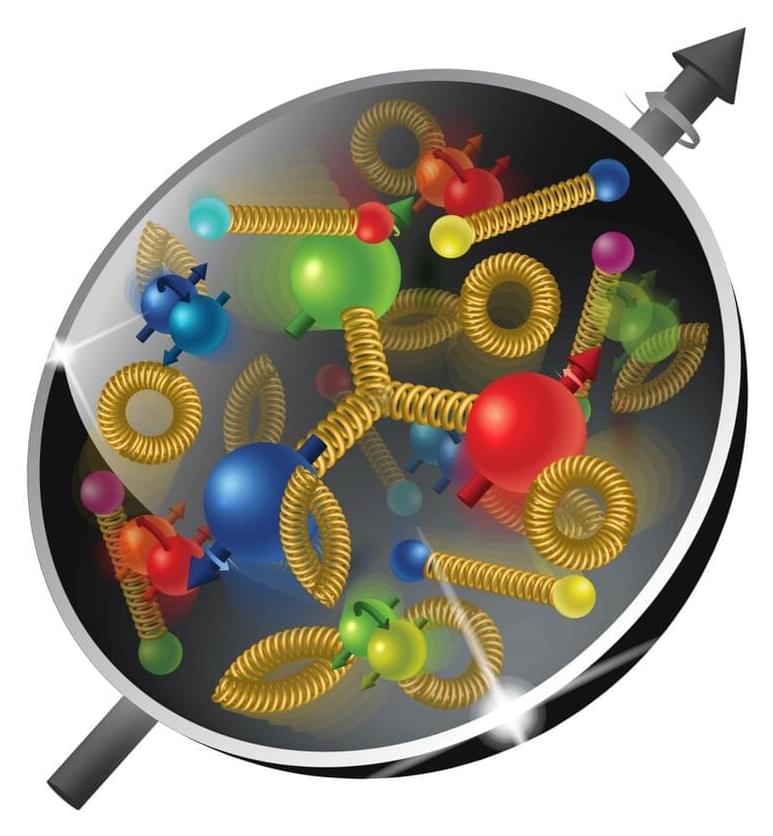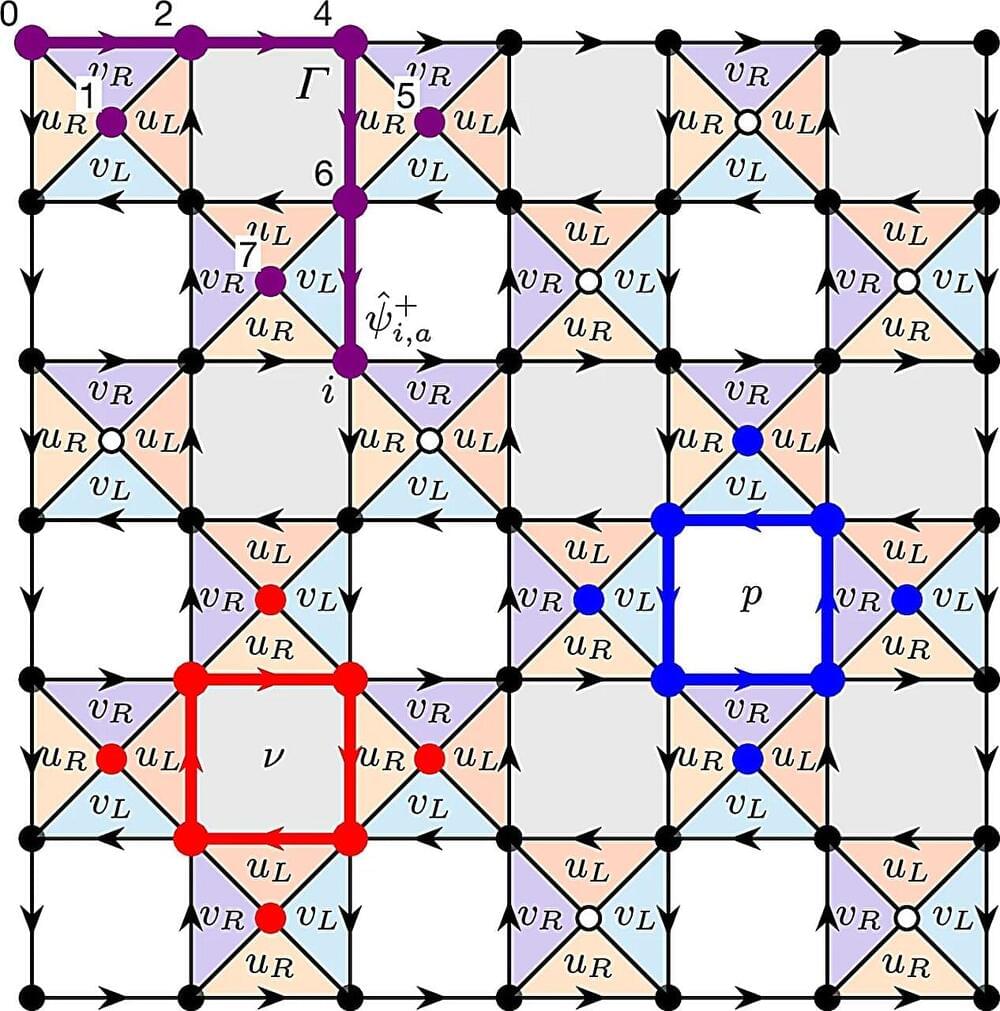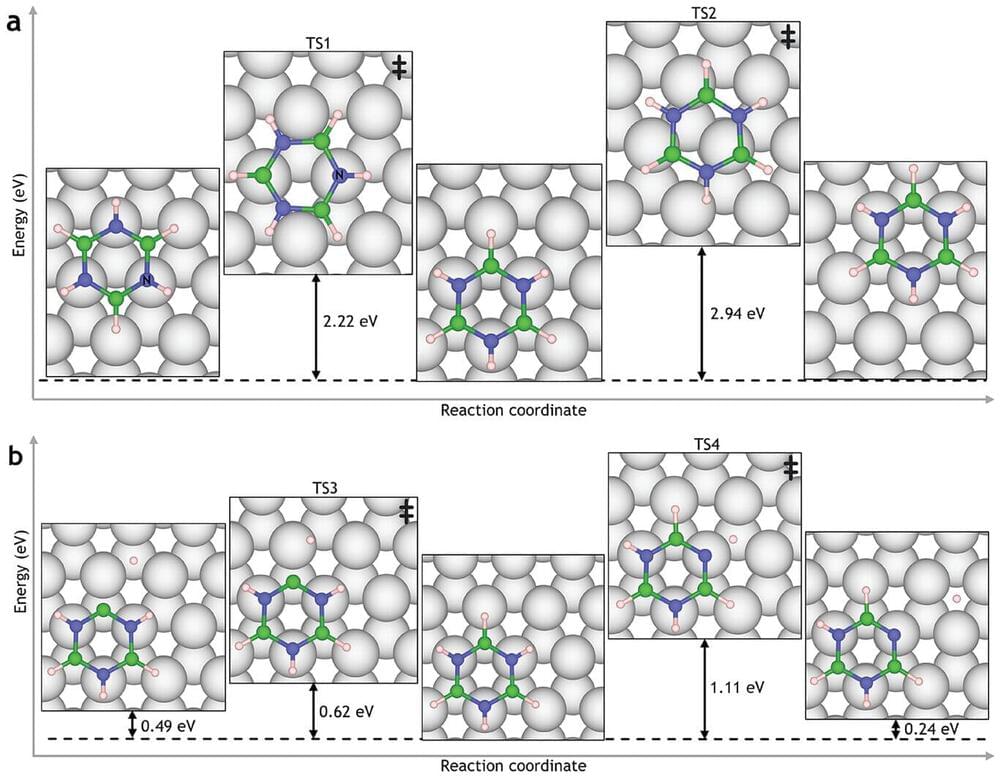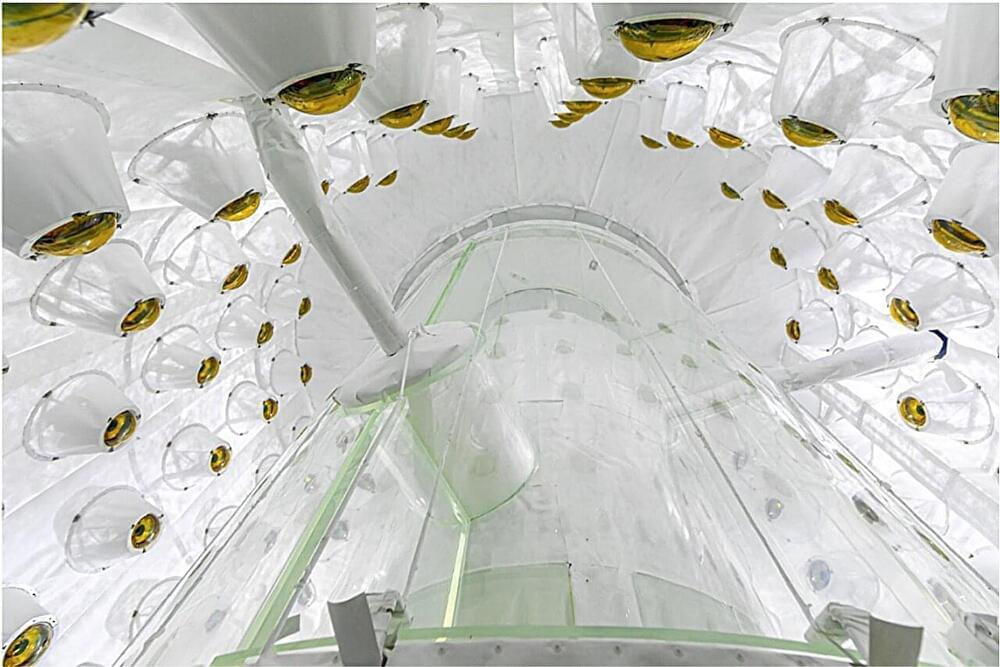Quantum mechanics has long classified particles into just two distinct types: fermions and bosons.
Now physicists from Rice University in the US have found a third type might be possible after all, at least mathematically speaking. Known as a paraparticles, their behavior could imply the existence of elementary particles nobody has ever considered.
“We determined that new types of particles we never knew of before are possible,” says Kaden Hazzard, who with co-author Zhiyuan Wang formulated a theory to demonstrate how objects that weren’t fermions or bosons could exist in physical reality without breaking any known laws.

